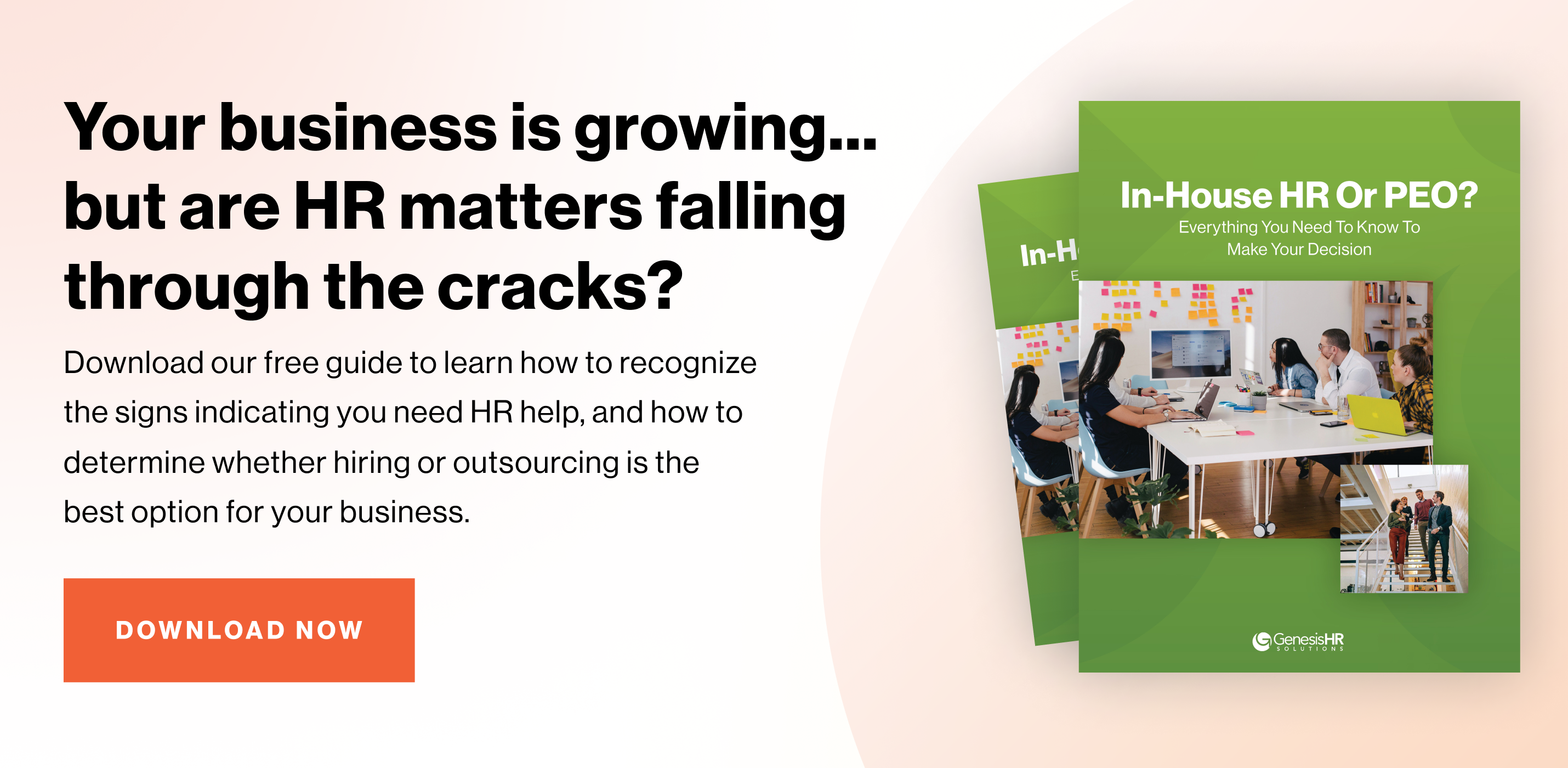Small business owners often want to start a 401(k) plan to attract and retain talent, as well as to plan for their own retirement. If you run a small business, at some point you’ve probably found yourself weighing the pros and cons of starting a 401(k) for business owners. If so, you may be wondering, “How much can a business owner contribute to a 401(k)?”The Internal Revenue Service (IRS) is responsible for setting 401(k) contribution limits. There are two annual limits that apply to contributions: a limit on employee elective deferrals and an overall limit on contributions to a participant’s plan. In 2018, the IRS announced cost of living adjustments for the 2018 tax year. These changes impact owner 401(k) contribution limits and are important to understand before moving forward with starting a retirement plan. What are the rules and what’s changed? We’ll break it down for you.
How Much Can A Business Owner Contribute To A 401(k)?
1. Employee Contribution Limits For 401(k) Plans
The limit on employee elective deferrals, which includes both traditional and safe harbor 401(k) plans, is $18,500 in 2018. This number has increased from $18,000 as a cost-of-living adjustment, and may be adjusted again in future years.
2. Plan-based Restrictions On Elective Deferrals
There are also plan restrictions that may reduce elective deferrals for participants. For example, regarding 401(k) plans for business owners, if you’re a business owner or a highly compensated employee, your plan may limit your elective deferrals in accordance with nondiscrimination laws. For traditional plans, the highly compensated employees are capped at no more than 2% more than the non-highly compensated employees. The definition of a highly compensated employee is unchanged from last year, at $120,000.
3. Catch-up Contributions for Those 50 and Over
Participants age 50 and over can also make catch-up contributions. For traditional and safe harbor 401(k) plans, up to $6,000 can be contributed in addition to the $18,500 limit. This limit was not adjusted for the 2018 tax year. The catch-up simply implies that due to your age you can contribute a greater amount since you are closer to retirement age. Keep in mind that the rules around catch-up contributions are complex, and limits may differ depending on the provisions in your specific plan.
4. Overall Limit On Total Contributions
There is also a limit to the total annual contributions that can be made to a plan. This limit includes:
- Elective deferrals
- Employer matching contributions
- Employer non-elective contributions
- Allocations of forfeitures
Annually, the aggregate of all contributions cannot exceed whichever is less: 100 percent of a participant’s compensation or $55,000, up from $54,000 in 2017. These totals do not include catch-up contributions; therefore, for participants age 50 or over, the annual total is $61,000.
So what happens if you do exceed the annual limit?
If you find you have an excess deferral, you have the opportunity to withdraw the excess funds from your plan before taxes are due. If you wait until after tax day, the excess deferral left in the plan is taxed twice. This can also prevent the plan from being considered a qualified plan.
A 401(k) for business owners with employees may or may not make sense, depending on the level of employee interest in participating. Before moving forward, survey your team to see who would like to participate in the plan to determine whether or not it’s a good idea for your group to invest in a retirement plan.
If you’re still struggling to determine whether or not a 401(k) plan makes sense for your business, we can help! At GenesisHR, we offer a robust, multiple employer plan that can be customized to meet your company’s unique needs. Contact us today to learn more about our 401(k) plan offering.





